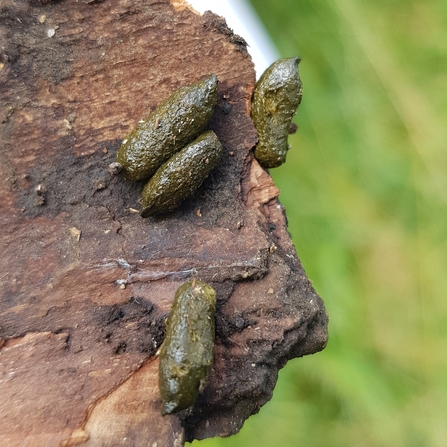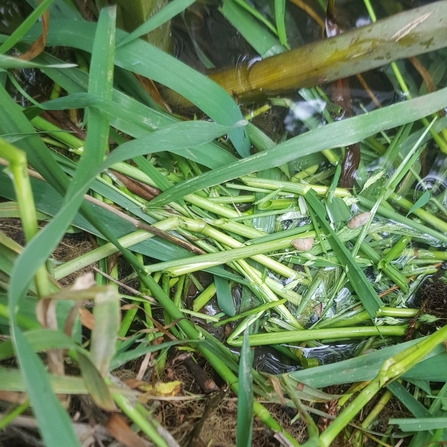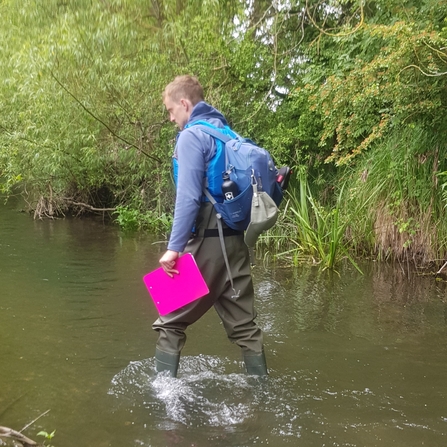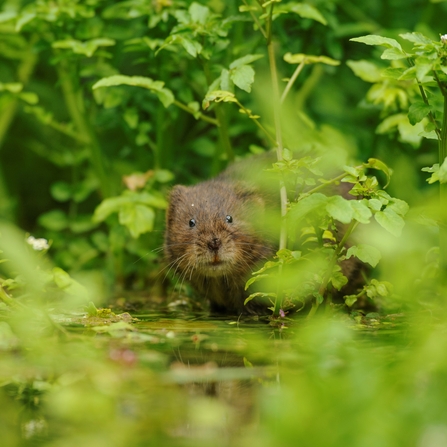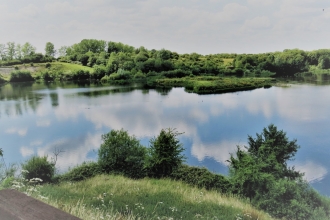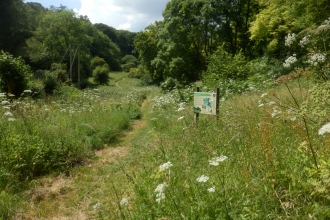The very first stretch of river we survey for water voles, early in my Ecology Traineeship, is the perfect place to learn the ropes. Guided by Lucy, the Mammal Project Field Officer, we find plenty of signs.
Clumps of greenish, sausage-shaped droppings the size of tic-tacs (known as latrines), sometimes positioned prominently on tree roots near the water’s edge. They smell inoffensively of freshly cut grass when broken open. I have since learnt that this is not the case with rat droppings.


